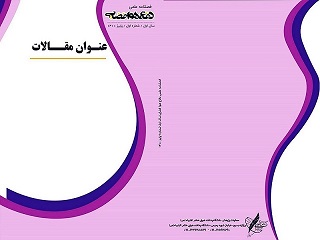Document Type : Original Article
Abstract
The use of telecommunication systems with high energy efficiency and high data rates along with the desired quality of services is the infrastructure of a command and control system (C4I) that should be used with the best quality of communication in times of crisis. The use of such a structure has a special place in modern defense systems. Therefore, the design of such systems has become a major challenge and a very important research field in the field of telecommunications. The increasing growth of wireless telecommunications and the high speed of multimedia data traffic and the presence of multiple users are associated with energy consumption, which has focused on energy efficiency and the optimal use of energy and power in telecommunications. Energy efficiency is considered as one of the major goals of wireless telecommunication systems design due to environmental and economic issues. . Multi-user multi-input multi-output systems are one of the new methods of telecommunications. In these systems, the use of hundreds of antennas in the base station improves energy efficiency. Increasing the number of system antennas increases the rate of information exchange, energy consumption and hardware, the introduction of a power selection model in multi-input multi-output multi-user systems increases energy efficiency. Important factors affecting energy efficiency are actual transmission power and power consumption in transmitter and receiver circuits, number of antennas, number of users and spatial correlation between antennas. In this paper, the algorithm for selecting the farthest antenna is proposed (antenna correlation), which leads to a significant improvement in energy efficiency compared to the conventional state.
Keywords
- Farthest antenna selection algorithm
- Energy efficiency
- Multi-input
- Multi-output
- Multi-user systems
- Power selection model
Main Subjects

